
Tire Pressure on a Road Bike: Best PSI Guide
Getting the right tire pressure on a road bike is crucial for speed, comfort, and control. The ideal PSI depends on your weight, tire width, and riding conditions. Proper pressure improves grip, efficiency, and overall ride quality.
This guide explains how to find the perfect PSI for any setup. Whether you’re commuting, training, or racing, adjusting your tires correctly keeps rides smoother, safer, and faster.
Ideal Road Bike Tire Pressure by Rider Weight & Tire Width
Choosing the correct tire pressure on a road bike ensures better speed, comfort, grip, and puncture protection. Your ideal PSI depends on rider weight, tire width, and setup (standard clincher or tubeless). Use the chart below as a starting point and fine-tune for your riding style and road conditions.
Recommended PSI Chart for 23mm, 25mm, 28mm & 32mm Tires
|
Rider Weight |
23mm PSI (Std/Tubeless) |
25mm PSI (Std/Tubeless) |
28mm PSI (Std/Tubeless) |
32mm PSI (Std/Tubeless) |
|
≤ 50kg / 110lb |
60 / 55 |
58 / 53 |
53 / 48 |
50 / 45 |
|
51–65kg / 112–143lb |
65 / 60 |
62 / 58 |
58 / 53 |
55 / 50 |
|
66–80kg / 145–176lb |
70 / 65 |
68 / 63 |
64 / 60 |
60 / 55 |
|
81–95kg / 178–209lb |
75 / 70 |
72 / 68 |
69 / 64 |
65 / 60 |
|
≥ 96kg / 212lb |
80 / 75 |
77 / 72 |
74 / 69 |
70 / 65 |
Tip: Tubeless setups allow slightly lower PSI for better comfort and traction without increasing the risk of pinch flats.
How to Adjust PSI for Your Riding Style
-
Racing / Smooth Roads: Slightly higher PSI reduces rolling resistance, giving faster acceleration and maximum speed on smooth pavement.
-
Endurance / Long Rides: Moderate PSI balances comfort, grip, and pedaling efficiency, making long-distance rides smoother and less fatiguing.
-
Commuting / Mixed Roads: Lower PSI increases traction, absorbs road vibrations, and improves comfort on uneven surfaces without sacrificing control.
Pro Tip: Always adjust PSI within the tire’s recommended range based on your weight, tire width, and road conditions. Proper adjustment boosts speed, comfort, and safety.
Factors That Change the Optimal PSI
Rider Weight
Rider weight is one of the most important factors affecting the ideal tire pressure on a road bike. Heavier riders require higher PSI to prevent excessive tire deformation, maintain proper rolling efficiency, and reduce the risk of pinch flats. Lighter riders, in contrast, can use lower PSI for added comfort and better grip. The rear tire usually carries more weight, so inflating it 5–10 PSI higher than the front ensures balanced handling, smoother cornering, and optimal energy transfer while pedaling.
Tire Type (Clincher vs. Tubeless)
The type of tire you use directly influences the optimal PSI. Clincher tires, which rely on an inner tube, typically need higher pressure to reduce rolling resistance and prevent pinch flats, while tubeless tires allow slightly lower PSI without compromising performance. Lower PSI in tubeless setups improves traction, comfort, and shock absorption, especially on rough or uneven roads. Understanding your tire type helps you fine-tune your setup for speed, efficiency, and puncture protection.
Road Conditions
The surface you ride on significantly affects the ideal tire pressure. Smooth, paved roads benefit from higher PSI, which reduces rolling resistance and improves speed, making racing and fast rides more efficient. On rough, cobbled, or uneven surfaces, slightly lower PSI allows the tire to absorb shocks, maintain better traction, and improve overall ride comfort. Adjusting pressure based on road conditions ensures safety, control, and efficiency no matter the terrain.
Weather & Temperature
Weather and temperature changes can cause tire pressure to fluctuate. Cold weather lowers PSI, reducing rolling efficiency, while hot conditions can increase PSI, potentially risking overinflation. In wet conditions, slightly lower PSI increases the tire’s contact patch with the road, enhancing grip and reducing the chance of slipping. Monitoring temperature and adjusting pressure accordingly is essential for maintaining consistent performance and safety throughout the year.
Rim Width Compatibility
Rim width affects how your tire supports weight and pressure. Narrow rims require higher PSI to prevent the tire from deforming under load, while wider rims allow for lower PSI, providing greater comfort, traction, and reduced rolling resistance. Modern hookless rims have strict pressure limits—never exceed 5 bar (≈72 PSI)—to avoid blowouts. Ensuring PSI matches your rim width maximizes safety, handling, and tire longevity.
How to Check & Maintain Tire Pressure on a Road Bike
How Often Should You Check PSI?
Regularly checking your tire pressure ensures consistent performance, comfort, and safety. For frequent riders, it’s recommended to check PSI before every ride or at least once a week. Tires naturally lose air over time due to tube permeability, temperature changes, and small leaks, so frequent checks prevent underinflation or overinflation that can reduce efficiency and increase puncture risk.
How to Use a Floor Pump or Gauge
A floor pump with a pressure gauge provides the most accurate way to inflate your tires. Connect the pump properly to your Presta or Schrader valve, and inflate slowly while monitoring the gauge. Digital gauges are recommended for precise readings, especially when aiming for a specific PSI based on your weight, tire width, and riding conditions.
PSI Adjustment Tips Before Every Ride
Before heading out, make small adjustments to your tire pressure based on road conditions and load. Increase PSI slightly for smooth, fast rides, or lower it for rougher roads and mixed surfaces. Always ensure your tires remain within the manufacturer’s recommended pressure range to maintain grip, rolling efficiency, and puncture protection.
Signs Your Tire Pressure Is Incorrect
Incorrect tire pressure can affect comfort, control, and performance. Signs include excessive vibration, squishy or sluggish handling, frequent pinch flats, or reduced traction. Monitoring these indicators helps you fine-tune your PSI and ensures your road bike rides smoothly, safely, and efficiently under all conditions.
How to Choose the Right Tire Pressure for Different Scenarios
Smooth Pavement / Race Day PSI
For racing or riding on smooth pavement, slightly higher PSI reduces rolling resistance and improves speed and acceleration. Optimal pressure ensures efficient energy transfer while keeping handling precise. Riders can aim for the upper range of their tire’s recommended PSI, balancing performance with comfort for short to medium rides.
Rough Roads & Gravel Connector Sections
On rough roads or gravel sections, slightly lower PSI improves traction and absorbs vibrations from uneven surfaces. Reducing pressure in these conditions enhances grip and stability, prevents excessive jolting, and minimizes fatigue over long rides. Tubeless tires perform especially well at lower PSI on rough terrain.
Wet Conditions / Rainy Weather
In wet or rainy conditions, slightly lowering PSI increases the tire’s contact patch, improving traction and reducing the risk of slipping. Proper adjustment helps maintain control when braking, cornering, or riding over painted surfaces, ensuring safety without compromising efficiency.
Heavy Riders vs. Lightweight Riders
Heavier riders generally need higher PSI to support their weight and prevent tire deformation or pinch flats. Lightweight riders can safely use lower PSI to improve comfort and traction. Always fine-tune PSI for both front and rear tires, as the rear wheel typically carries more load.
Best PSI for Long-Distance Comfort
For endurance rides or long-distance cycling, moderate PSI is ideal to balance comfort, grip, and rolling efficiency. Slightly lower pressure absorbs road vibrations and reduces fatigue, allowing riders to maintain speed and control over extended distances without sacrificing safety.
Optimize Tire Pressure with isinwheel Road Bikes
Choosing the right tire pressure on an e-bike is just as important as on a traditional road bike. Proper PSI ensures maximum speed, comfort, and battery efficiency, while reducing wear on tires and improving handling. Explore the latest isinwheel electric bikes, designed for performance, reliability, and smooth rides on all surfaces.
|
Images |
 |
 |
 |
 |
 |
 |
|
Models |
||||||
|
Top Speed |
20 MPH |
20 MPH |
18.6 MPH |
21.7 MPH |
19 MPH |
20 MPH |
|
Peak Power |
500W |
500W |
500W |
500W |
500W |
750W |
|
Battery |
36V 7.8Ah |
36V 13Ah |
36V 7.8Ah |
36V 10.4Ah |
36V 10.4Ah |
36V 10.4Ah |
|
Max Range |
28 miles |
65 miles |
35 miles |
60 miles |
55 miles |
55 miles |
|
Speed (before unlock) |
10/15/25 km/h |
6/10/15/20/25 km/h |
10/15/25 km/h |
6/10/15/20/25 km/h |
6/10/15/25 km/h |
6/10/15/20/25 km/h |
|
Speed (after unlock) |
15/25/32 km/h |
10/15/20/25/32 km/h |
15/25/30 km/h |
6/10/15/20/35 km/h |
15/25/30 km/h |
10/15/20/25/32 km/h |
|
Brake System |
front and rear disc brakes |
mechanical brake |
disc brakes |
mechanical disc brakes |
dual disc brakes |
dual disc brakes |
|
Max Load |
120 kg |
120 kg |
120 kg |
150 kg |
120 kg |
120 kg |
|
Net Weight |
23.2 kg |
27 kg |
23.3 kg |
27kg |
26.5 kg |
28.4 kg |
|
Suspension |
Rear mid shock absorber |
Front suspension |
Adjustable front fork + comfort saddle |
Hydraulic fork |
Dual |
Aluminum front fork |
|
Max Climb |
20% |
37% |
25% |
20% |
20% |
20% |
|
Tire Size |
14×1.95" |
26×1.95" |
16×1.75" |
26×1.95" |
16×2.15" |
26×1.95" |
|
Tire Type |
Pneumatic |
Pneumatic |
Pneumatic |
Pneumatic |
Pneumatic |
Pneumatic |
|
IP Rating |
IPX4 |
IP65 |
IPX65 |
IPX5 |
IPX4 |
IPX4 |
|
Removable Battery |
No |
Yes |
No |
Yes |
Yes |
Yes |
|
Rider Height |
150–185 cm |
160–192 cm |
155–185 cm |
160–190 cm |
140–180 cm |
150–192 cm |
Conclusion
Maintaining the correct tire pressure on a road bike is essential for comfort, speed, control, and safety. Factors like rider weight, tire type, road conditions, weather, and rim width all influence the optimal PSI, so regularly checking and adjusting pressure ensures the best ride performance. Proper tire pressure also enhances efficiency, reduces wear, and lowers the risk of punctures, whether you’re riding a traditional road bike or an isinwheel e-bike.
By following the guidelines in this guide, using the rider weight and tire width charts, and considering your riding style and conditions, you can enjoy smoother, faster, and safer rides on any road.
FAQs
What PSI should my tires be on a road bike?
Most road bike tires should be set between 70–120 PSI, depending on rider weight, tire width, and road conditions. Lighter riders and wider tires use lower PSI, while heavier riders and narrow tires need higher PSI for optimal speed, comfort, and control.
Is 40 PSI too high for bike tires?
For road bikes, 40 PSI is too low, not too high—this pressure is more suited for gravel or hybrid bikes. Road bike tires typically require much higher PSI to maintain proper stability and rolling efficiency.
Is 40 PSI too high for a bike?
It depends on the bike type. For mountain bikes or hybrid bikes, 40 PSI can be normal. For road bikes, 40 PSI is too low and will feel sluggish, unstable, and prone to pinch flats. Always check the tire’s recommended PSI range printed on the sidewall.
How much PSI for a 700c bike tire?
Most 700c road bike tires perform best between 70–120 PSI, depending on tire width and rider weight. Wider 700c tires (28mm–32mm) typically run lower PSI, while narrower 23–25mm tires require higher PSI for maximum efficiency.
The Latest Posts
Explore isinwheel products
City E Scooter | Off-Road Scooter
Fastest Scooter | Kids Scooters




















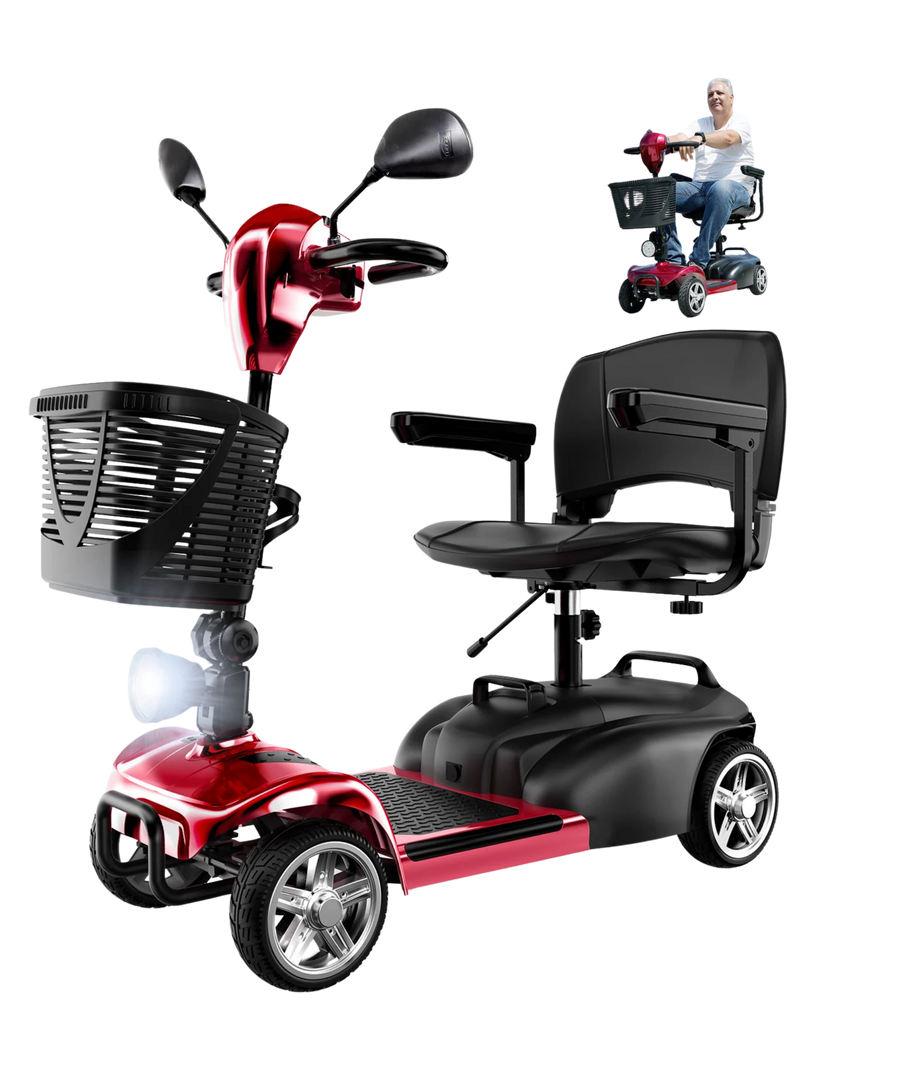
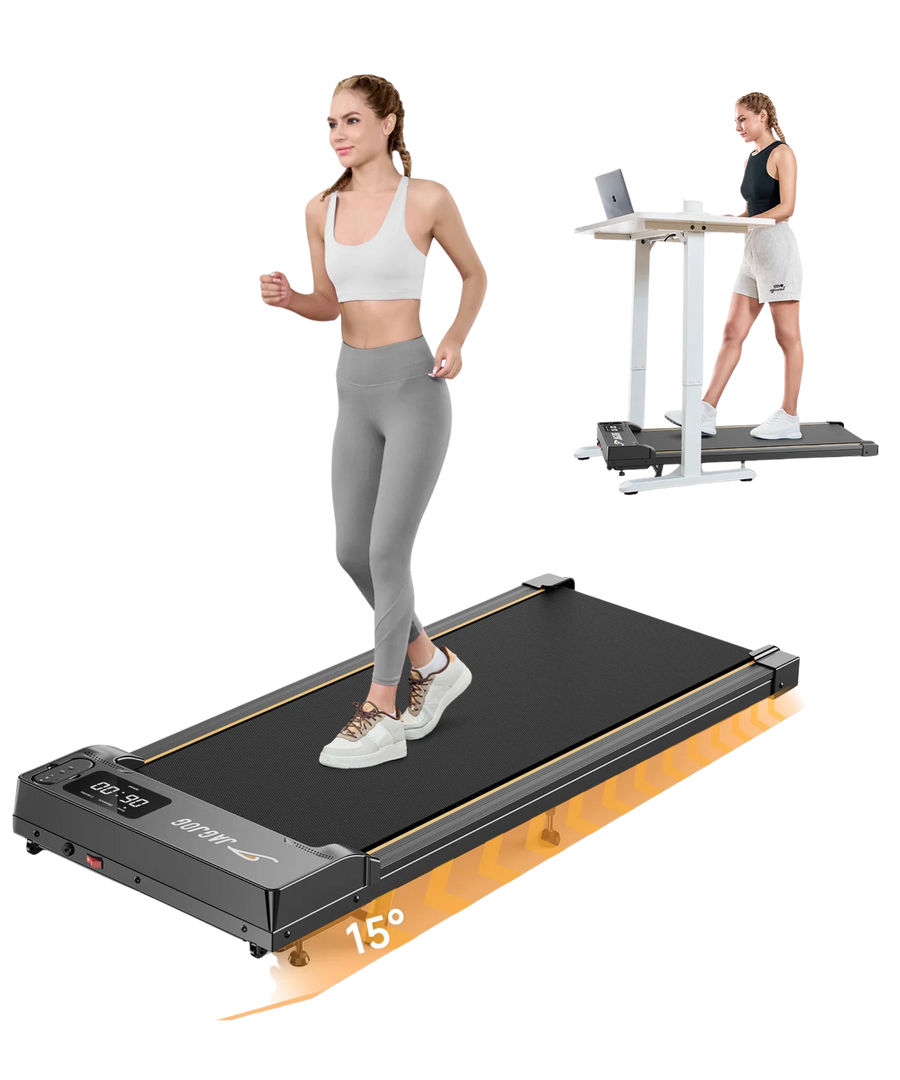

























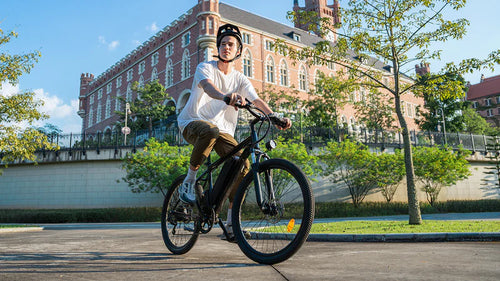
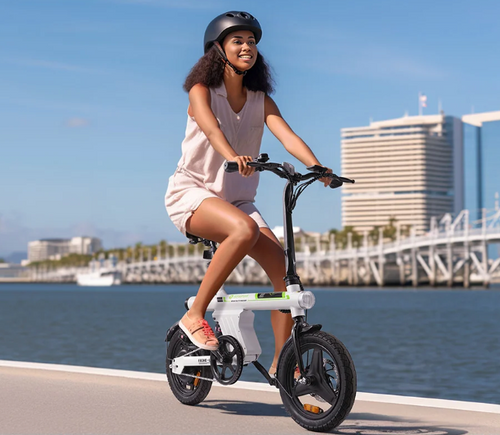


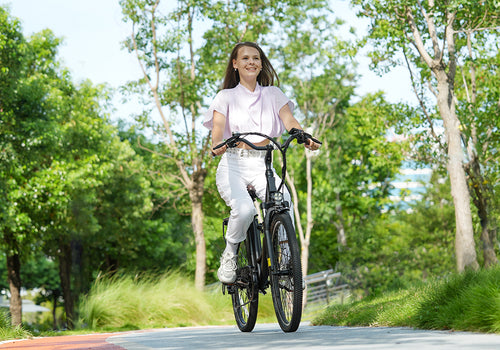
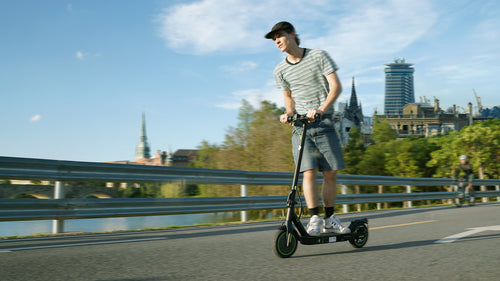


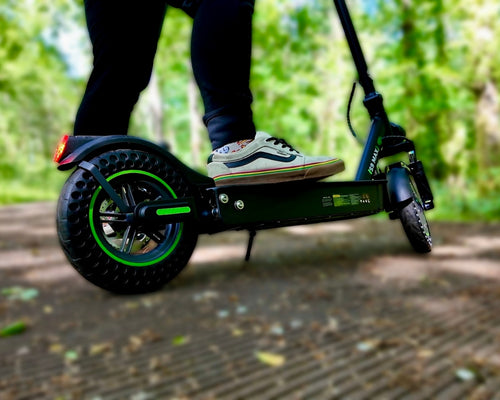
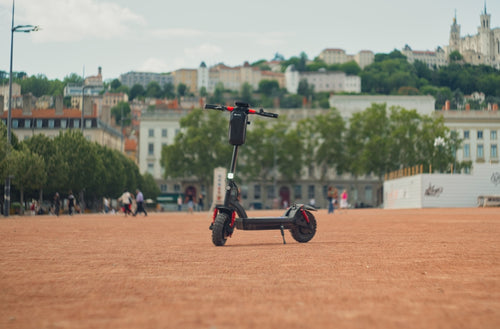
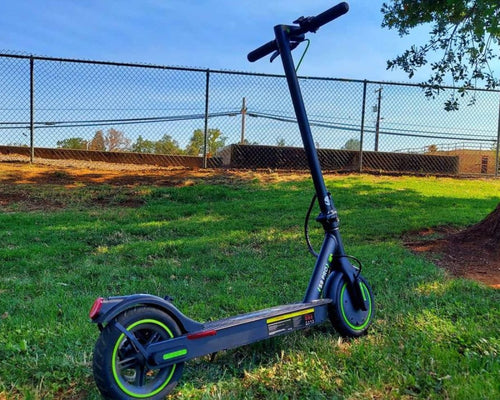





Leave a comment